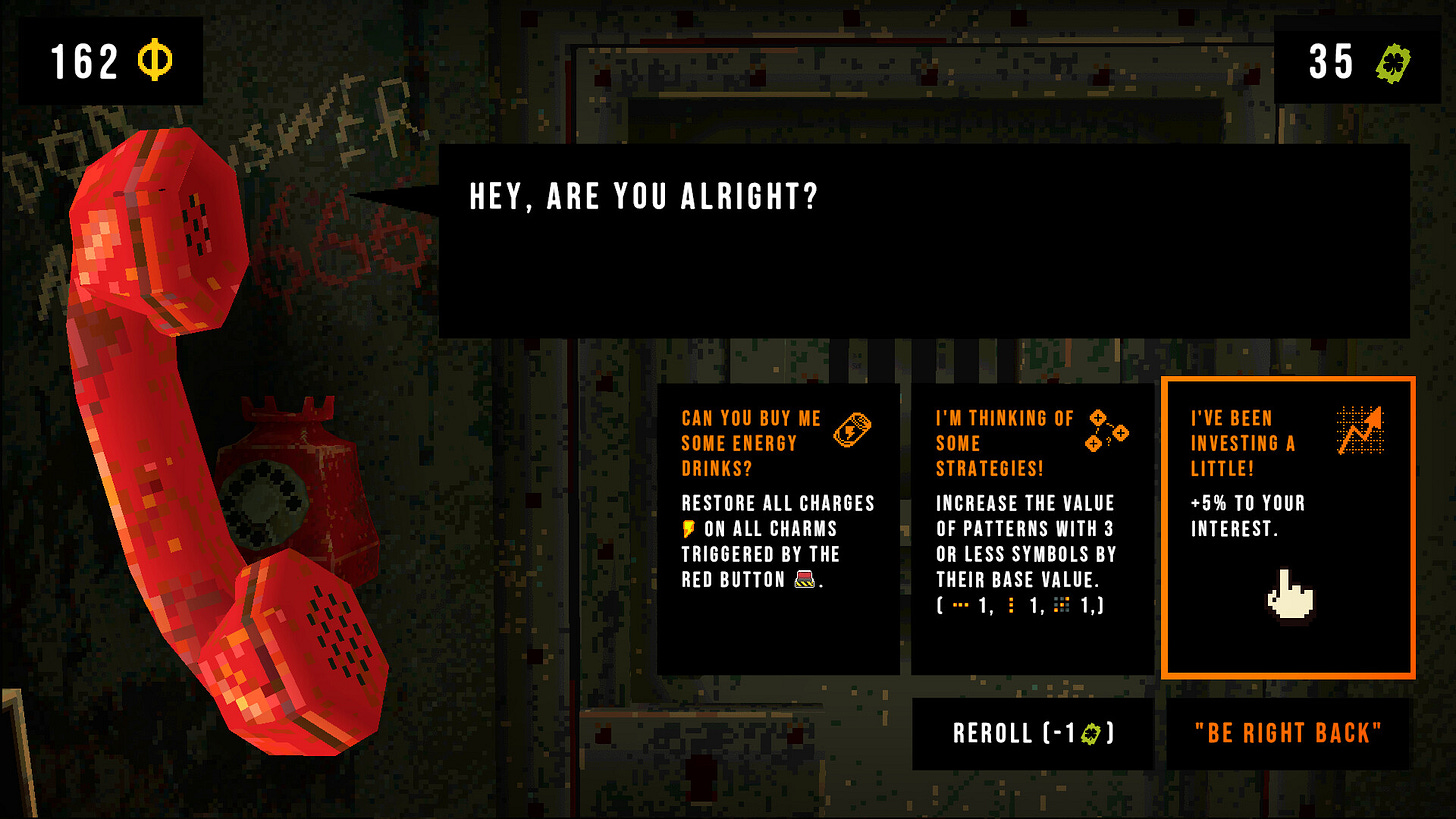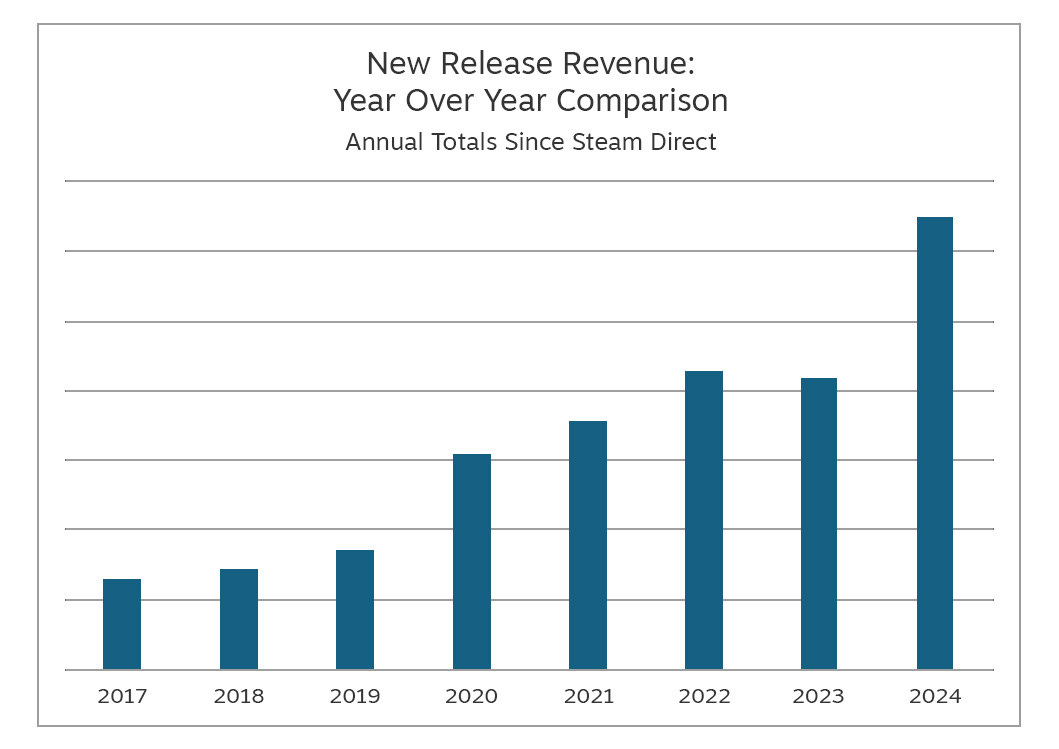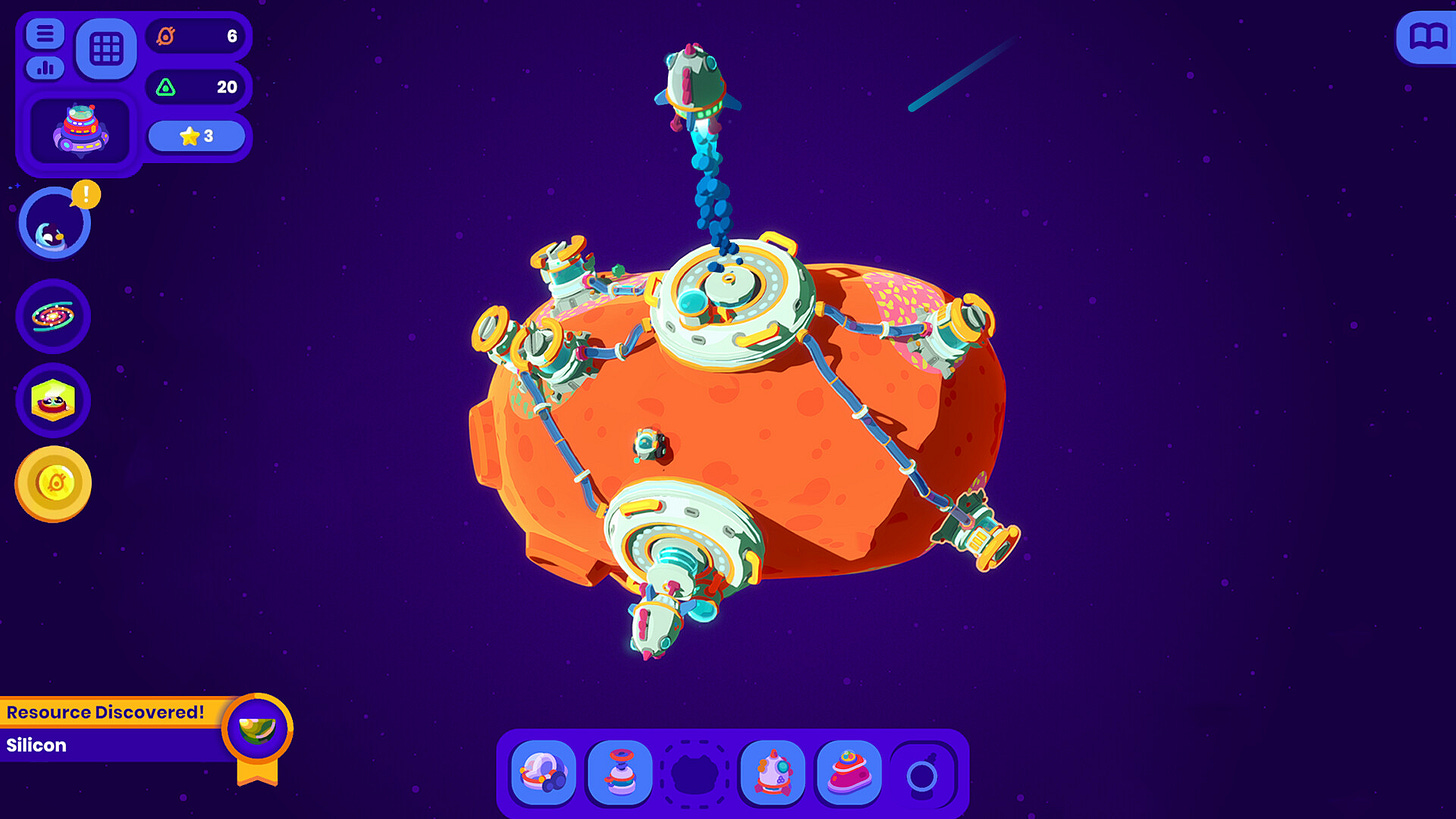A reminder: paid subscribers have access to my Wishlist Rundowns below the paywall. Each week, I highlight three upcoming indie games that have reached a significant number of wishlists on Steam before launch. I give my take on why these games are hyped and why they’re suggestive of larger trends on Steam.
If you’re an indie developer, studio, publisher, student, aspiring developer, or just a curious gamer and want to have a better grasp of what’s going on with indie games on Steam, please consider subscribing for just $5 per month or $50 per year.
The average game developer regularly misjudges the depth and breadth of the indie games market. Many have a tendency to think of indie games as a singular amorphous blob. This is exemplified in reactions to the recent release date announcement for Hollow Knight: Silksong, the follow up to the hit metroidvania Hollow Knight. Kotaku, which kept a running list of all the games that delayed their launch due to the Silksong announcement, explains:
On August 21, Team Cherry announced that its Hollow Knight sequel, Silksong, will launch on PlayStation 4, PS5, Xbox One, Xbox Series X/S, Switch, Switch 2, and PC on September 4. That blew up the schedules for a number of indie devs and publishers who had staked out a release date around that time and were now suddenly competing directly with what will likely be one of the biggest games of 2025. So, as you might expect, a lot of these devs and publishers have started announcing delays to get out of Silksong‘s way. This has become known as getting “Silksong’d” or “Silksonged.”
A Polygon article went as far as to say that the “gaming industry deserved more lead time” from Silksong developer Team Cherry. And the studio behind the delayed tactics RPG Demonschool said, “Dropping the GTA of indie games with 2 weeks notice makes everyone freak out.”
But why is everyone freaking out? Does it even make sense that CloverPit, a grungy slot machine rogue-lite with over 400K wishlists, should delay due to the release of a hand-drawn 2D metroidvania? According to data from Streamforge, the creator overlap among these two games is small.
To date, 523 YouTubers have played Silksong and 201 have played the CloverPit demo, and only 6 played both.
That is 1.15% of Silksong creators and 2.97% of CloverPit creators.
And to date on Twitch, 54 streamed Silksong and 750 streamed CloverPit, and only 1 streamed both.
That is 1.85% of Hollow Knight streamers and 0.13% of CloverPit streamers.
This isn’t the first time panic has spread among developers due to a much anticipated release date announcement. In 2023, developer Larian Studios moved the launch of Baldur’s Gate III to avoid colliding with Starfield’s launch, in turn delaying that of musical RPG Stray Gods. Baldur’s Gate III proceeded to outsell both games reaching 4X the number of Steam reviews of Starfield and 400x the reviews of Stray Gods. Were these games even in competition with each other?
297 streamers have played Stray Gods and 13,555 have played Baldur’s Gate III, and 81 streamed both.
That is 27.27% of Stray Gods streamers and 0.60% of Baldur’s Gate III streamers.
297 streamers have played Stray Gods and 1,328 have played Starfield, and only 4 streamed both.
That is 1.35% of Stray Gods streamers and 0.30% of Starfield streamers.
Confusion around identifying competitors can be found even among the world’s largest companies. In 2017 Netflix CEO Reed Hastings said their main competitor was not other streaming services like HBO, it was sleep:
Asked about the company’s competitors at Netflix’s earnings call, Hastings said that he isn’t really concerned about Amazon and HBO “because the market is just so vast”.
“You know, think about it, when you watch a show from Netflix and you get addicted to it, you stay up late at night. We’re competing with sleep, on the margin. And so, it’s a very large pool of time.”
He updated his thinking in Netflix’s 2018 Q4 shareholder letter saying their biggest competitor was actually Fortnite:
In the US, we earn around 10% of television screen time and less than that of mobile screen time. In other countries, we earn a lower percentage of screen time due to lower penetration of our service. We earn consumer screen time, both mobile and television, away from a very broad set of competitors. We compete with (and lose to) Fortnite more than HBO. When YouTube went down globally for a few minutes in October, our viewing and signups spiked for that time.
There’s some truth to Hasting’s belief that sleep is Netflix’s primary competitor. There’s only so much (screen) time in a day. For the average American, this amounts to about 7 hours per day. Attention is a scare resource. The Roblox creator, YouTuber, and Hollywood film studio are all competing for the same fragmented timeslots among consumers. The majority of this time was previously eaten up by TV. The internet enabled a new generation of creators and studios alike to distribute content at essentially zero marginal cost. Short form video, streaming services, and gaming began to dominate over TV. In 2020, Matthew Ball identified that the gradual shift away from TV might benefit the games industry the most.
[…] the real challenge for Hollywood is that for decades, whenever “leisure” won over “work”, TV was the primary beneficiary. In recent years, the leisure decision has changed or “moved up” a level. It used to be “what to watch” and now it’s “whether to watch” – and the answer is increasingly “no, I’m going to play a game”. Neither Netflix nor Hollywood has a good solution for this problem. And no one chooses not to game because there’s a branching narrative available instead.
But the growth of gaming isn’t necessarily a positive thing for indie developers. As the market grows so does competition. Since Steam became more widely accessible to indie developers in 2013, many have been fearful about the coming “indiepocalypse”, the idea that as more games are released it becomes increasingly difficult for indie developers to find success.
I get it, making games is hard enough. Now you’ve gotta share precious real estate with one of the most anticipated indie games ever on Steam. And no one can really predict if your game will succeed. If you spent years in development, the possibility of failure by release date can feel devastating. You’re mere weeks away from release, your game is pretty much set in stone and there’s not much left for you to fiddle with to alter your likelihood of success. All the important pieces—core concept, theme, art style, or game mechanics—were locked in months if not years ago. The only thing you can do is hedge your bets and blame your release date, or if that isn’t enough, blame capitalism. As Demonschool developer did in an interview on Aftermath discussing why they decided to delay the game due to Silksong:
Our game, Demonschool, is an RPG, basically. It’s an RPG with tactical battles, so you could argue that it doesn’t intersect with Silksong – which is sort of what I was arguing [with the publisher]. But the fact is, if you want to make decent money off your game – which, at this point, when you’ve been working on it for a bunch of years, you have to. I wish we didn’t live in a capitalist society, but guess what? We do. So I’ve gotta make a certain amount of money, we’re gonna run out of money, etc.
This fear of competition isn’t helped by the fact that “indie” is now being used as a marketing term by some of the biggest multinational game companies. A video marketing the launch of The Rogue Prince of Persia highlighted the game as indie, saying:
Prince of Persia Goes Indie
Indie Passion
Indie Creativity
Indie Freedom
Meets A Classic Franchise
Ubisoft has an estimated 16,000 employees and generates $2 billion in revenue annually. If a game supported by one of the largest games publishers is “indie,” then what does “indie” even mean anymore? The Rogue Prince of Persia was also victim to its own release date reshuffling, Ubisoft delayed the early access launch in 2024 due to the announcement of the early access date for Hades II.
The reality is, the release of The Rogue Prince of Persia and its subsequent positioning as indie has no effect on the share of indie games that players actually purchase and play. Neither does Silksong. I touched on this behind the paywall in my last essay. Game developers should be careful not to over-index on the opinions of Redditors, YouTubers and commentators on social media. Instead, look directly at the reviews, sales, and streaming data.
Steam is growing more than ever. In the 2024 Year In Review Steam highlighted that:
New Release revenue per year has increased almost exactly 10x since 2014.
In 2024, more than 500 new titles exceeded $250,000 in New Release revenue (up 27% from 2023).
In 2024, more than 200 new titles exceeded $1 million in New Release revenue (up 15% from 2023).
Ignore all the noise. The very first decisions you make when setting out to make a game have significantly more impact on your likelihood for success than worrying about conflicting launch dates with the big dogs. Things like genre, concept, setting, mechanics, and art style are what makes your game more or less marketable. Make thoughtful decisions early and it might even feel like your game is designing itself. Derek Yu explains this in his book about the development of Spelunky:
Spelunky was both my easiest development and also most popular project to date, and I believe it’s because the key elements—the theme, the random level generation, and the destructible terrain—work together without friction. Nothing was compromised to make something else fit and each part only boosted the signal of the other parts.
I’m reminded of Shigeru Miyamoto’s definition of a good idea: “A good idea is something that does not solve just one single problem, but rather can solve multiple problems at once.” Once those good ideas were in place, it felt like it was only a matter of plugging in the obvious holes and adding more and more content. New ideas either made sense, fitting into the existing schema with only a little bit of finagling, or they were quickly rejected. In other words, Spelunky began to design itself from an early stage.
It looks like things will turn out fine for CloverPit anyway. The publishers said their release date delay tweet generated significantly more attention than their original date announcement.
Don’t freak out when the next highly anticipated AAA or “triple i” game drops. The indiepocalypse isn’t coming anytime soon.
Now, onto this week’s wishlist rundown…
Wishlist Rundown 002
In a recent essay on The Mediator, analyst Doug Shapiro posits that all media is marketing saying “most content may cease to be a profit center. Instead, it will become top-of-funnel to something else. Media will become marketing.” Among the examples he lists includes Mr Beast, who made $20 million in profits from Feastables, his chocolate company, while losing $80 million on his videos. YouTubers and Twitch streamers are starting coffee companies, hydration empires, and now, game studios.
Star Birds is a base-building and resource management game by popular YouTube video essayist Kurzgesagt in collaboration with Dorfromantik developer Toukana Interactive. The demo was very well received with 1,490 reviews sitting at 95% positive. Kurzgesagt’s art style is highly recognizable by a wide audience, so the interesting thing here is the choice of genre. Base building games have a median revenue of $3,100, which is very high when compared to other common indie genres such as puzzle platformers ($380 median revenue) and 2D platformers ($230 median revenue). The average playtime in the genre tends to be high as well, which bodes well for the concurrent user metrics that the Steam algorithm loves.
There are so many factors that go into what makes a game successful, but picking a genre you know well that also has a relatively high median revenue can be a good starting point. Game-stats.com has a useful page for reviewing this data.
See also: Waterpark Simulator, another recent example of the YouTuber to game developer pipeline, made by Caylus.
That’s it for the free preview. If you’re a paid subscriber, thanks so much for the support, I really appreciate it. Your subscription directly funds my obsession with understanding the indie games market on Steam.
If you’re not a paid subscriber, please consider upgrading for just $5 per month or $50 per year. You’ll gain access to my Wishlist Rundowns below where I highlight three upcoming indie games that have reached a significant number of wishlists on Steam before launch. You’ll get my take on why these games are hyped and why they’re suggestive of larger trends on Steam.
Keep reading with a 7-day free trial
Subscribe to 9000 Dimensions to keep reading this post and get 7 days of free access to the full post archives.




